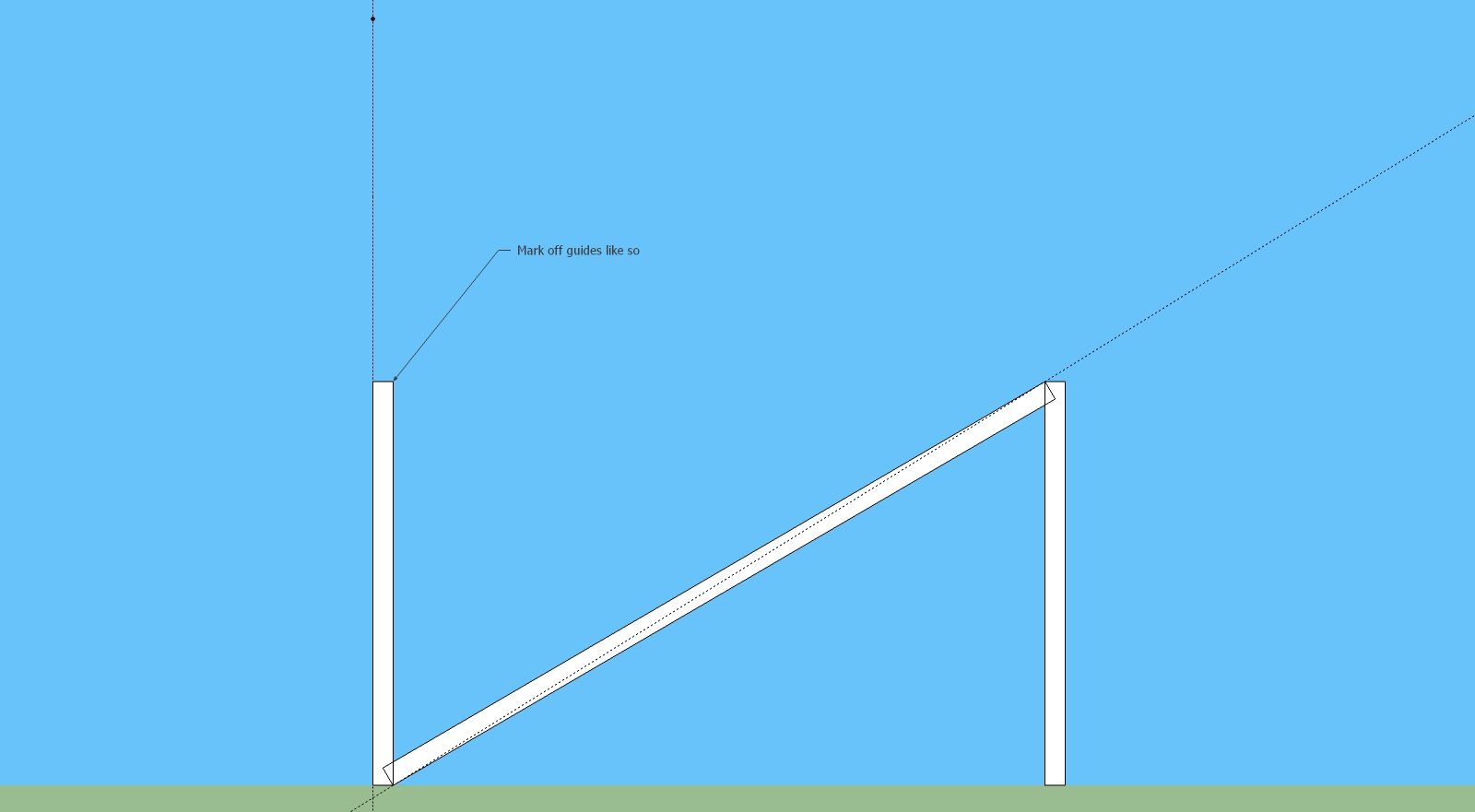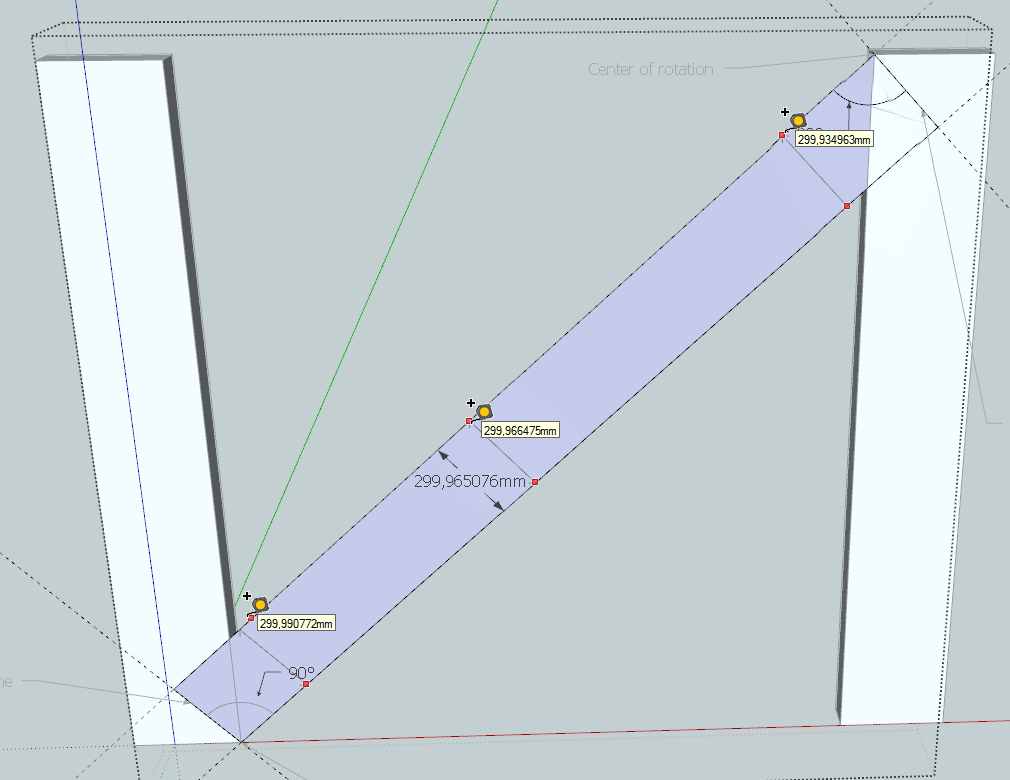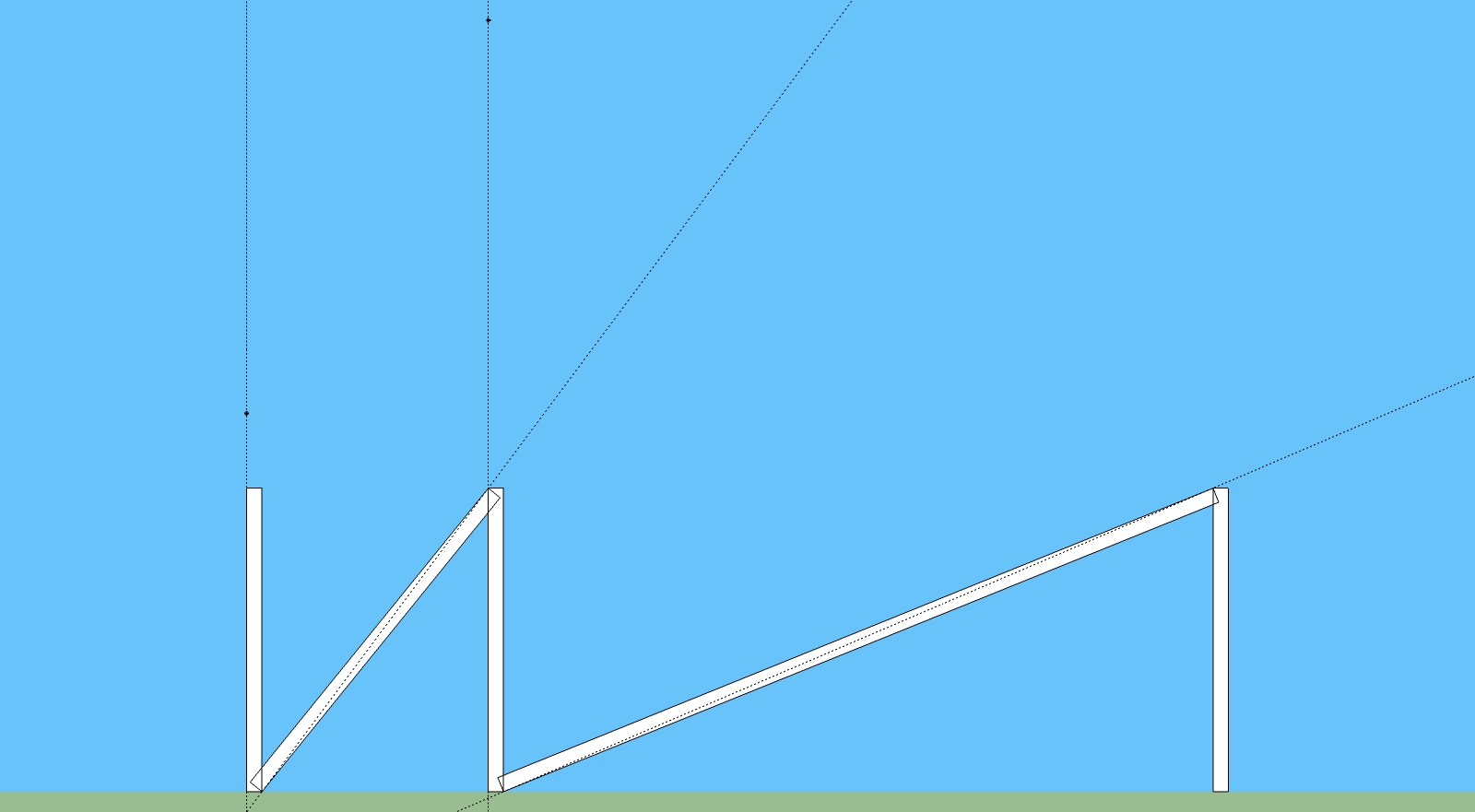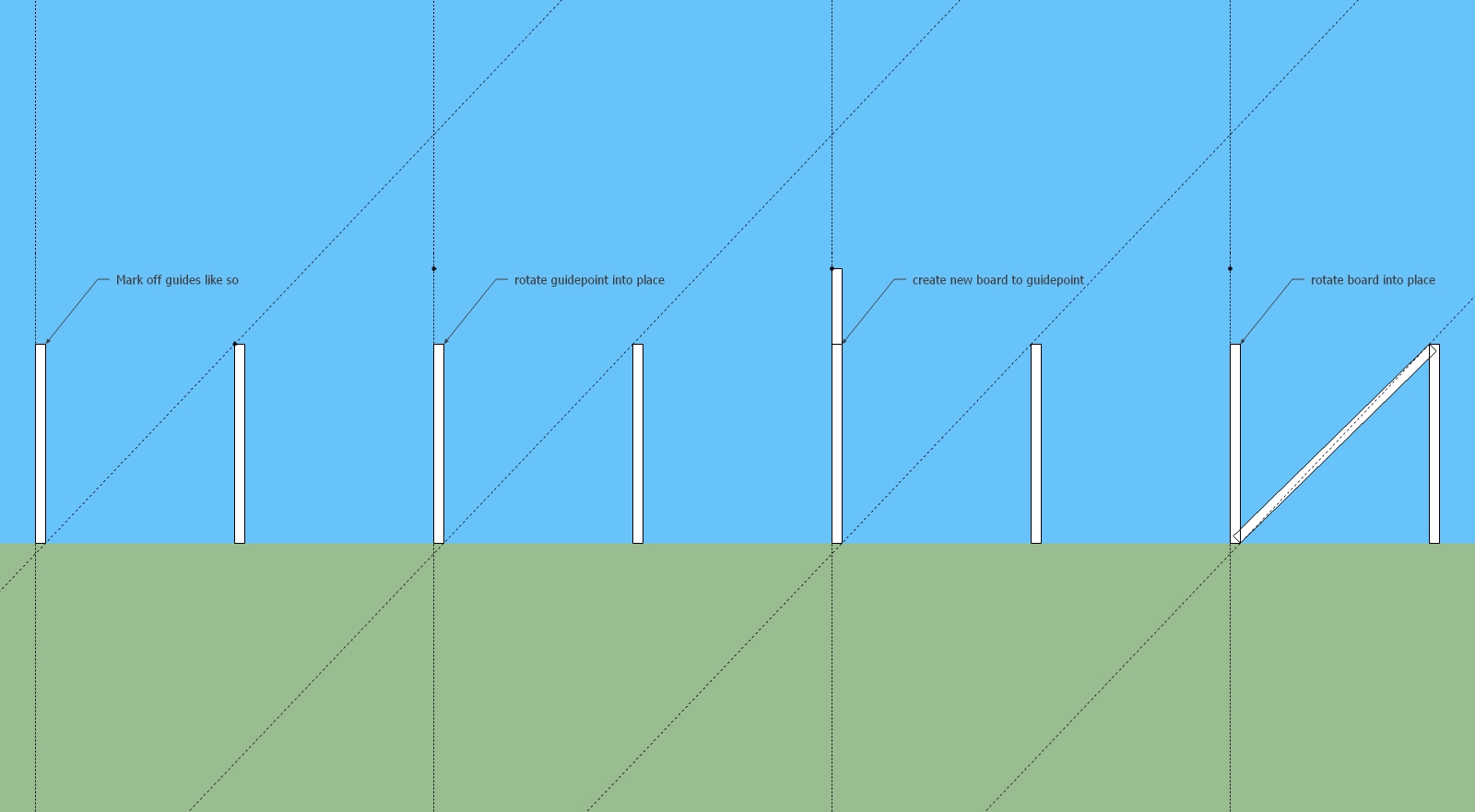Mini-challenge
-
This method still works as expected no matter the distance -- the problem is just that the rotate tool is not precise enough to put the guidepoint exactly where it should be.

@Jeff -- yeah, sorry my habit is to bring them into a model via the component browser, so it was my fault.
Best,
Jason. -
-
@dave r said:
That stuck with me, too. I can't remember who I took to prom, though.

(I don't think I even went to prom.. maybe)
-
@gilles said:
I 've found a tricky way.
really? sweet!
I'm on a phone now so I can't see it but the suspense is killing me
can anyone verify?
-
Wow, that is tricky... I never would have approached it that way.
What gave you the answer?
Best,
Jason. -
Nice one! works for me!
-
I dont even know, just an intuition.
So do I won something?
-
-
Unfortunately - the lines are not parallel:

-
@thomthom said:
Unfortunately - the lines are not parallel:
[attachment=0:1xhfujx7]<!-- ia0 -->Accuracy.png<!-- ia0 -->[/attachment:1xhfujx7]bah!
I was hoping gilles nailed it -
@thomthom said:
Unfortunately - the lines are not parallel:
What's missing? I redid it from scratch. I would suggest drawing a guide-line inferenced perpendicular to the new diagonal lines. (I group the newly drawn diagonals so I can rotate exactly to the perpendicular.)
-
My solution - many posts back - using my True-Tangents script's 'True Intersections' - finds the correct point to be used...
It also uses "trigonometry" to calculate the values for the point - like the DC...
It's as accurate as you can get.My subsequent "plugin-free" approach does it by say three rotate/scale combos until the accuracy is so tiny it could be ignored...
-
I'm also still adamant that the previous approach I showed will work fine -- the only sticky thing about this approach is you may have to manually enter the rotation as the rotate tool will not allow for fine enough control of placing the construction point. The width of the beam stays absolutely perfect -- and the only precision issue is the height of the beam before rotation (as set by the construction point).

Bonus here -- no maths

Best,
Jason. -
@tig said:
My solution - many posts back - using my True-Tangents script's 'True Intersections' - finds the correct point to be used...
It also uses "trigonometry" to calculate the values for the point - like the DC...
It's as accurate as you can get.Nice, yes, that method gets the intersection point correctly as not relying on the segmented SU cricle for the intersection. Thanks for pointing out your tangents tool. I still will use ACAD when it comes to using arcs and circles.

-
@jason_maranto said:
I'm also still adamant that the previous approach I showed will work fine --
but fine is not exact... that's the whole point isn't it.
-
Yes, but I am getting down into 1000ths of a degree on that rotation -- I'm not sure how much more precise it can be without being fully automated... we humans tend to fudge it, but computers can go much more precise in practice -- regardless, you will never build something with wood that will be more precise than what we are doing here. So I think any of these are decent enough for most users... after all this isn't meant to be an engineering program.
Let me put it to you another way, when I do a solid operation (unite/outer shell) there is no gap or extra faces -- it's perfect -- and I think that is about as good of a precision as you are going to get from SketchUp.
Here's the file check for yourself: challenge_altfinal.skp
How I got there:

Best,
Jason. -
@jason_maranto said:
Yes, but I am getting down into 1000ths of a degree on that rotation --
that's fine and as i said earlier, there are plenty of ways to get it 'close enough' for construction purposes..
the challenge though, at least for this thread, is to get it 100% perfect..
and if you give up at 'close enough' then you'll quit exploring ways to make it precise

so while a 100% solution to this challenge isn't totally necessary for me to get a dimension for a cut-list, a 100% solution is necessary to relax the
 in some people..
in some people.. -
Jason may have a point about the precision. The idea is that in doing work that requires this precision (such as survey), where close can give results further out that are way off-- would you EVER be using SU anyway?
Jason you mention entering the rotation manually. Where do you get the angle from? I guess, on the other hand, I think a failsafe technique was sought rather than a function of someone's eyeball ability and time available (which we seem to have ample between us...
 )
) -
Problem is that tiny fractions of inaccuracy can very easily cascade into the rest of the model where you start getting issues. Ever so often when I import DWG files I end up with lots of issues where things are nearly square, nearly perpendicular etc. Initially SU treats them as "good enough" bug eventually this inaccuracy creeps over to the point where SU doesn't treat them as square and parallel. In worst scenarios I get models where splitting faces creates duplicate overlapping faces. That's why I don't like settling for "good enough"...
-
Jason, I think the issue is that you are manually placing an inference where it doesn't exist in SU. Like thomthom says, that can lead to inaccuracy down the road.
Advertisement







